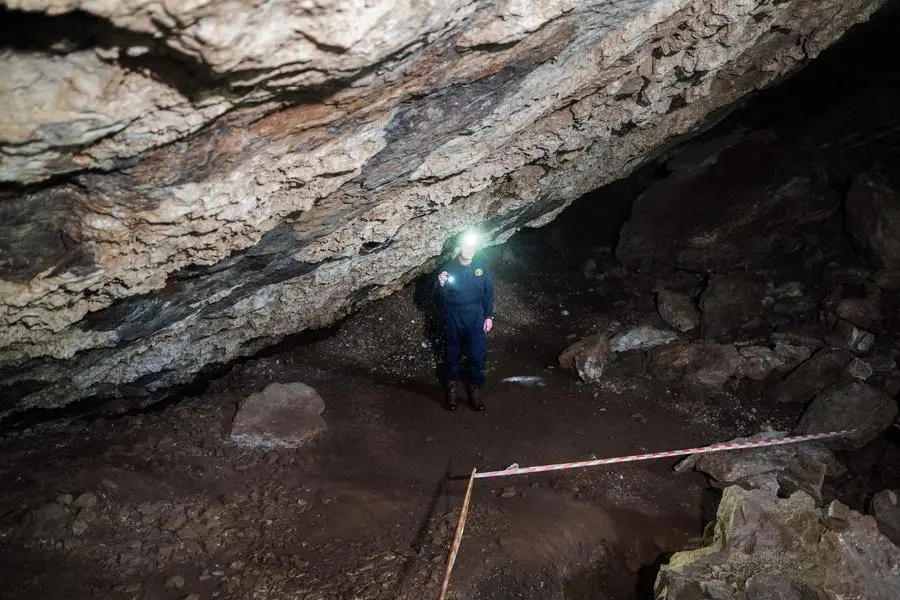
Palaeontologists announced Monday that they have found the remains of a small-brained distant ancestor of modern humans who were thought to be incapable of complex behaviour at the world's oldest burial site, which was found in South Africa.
Researchers under the direction of renowned palaeoanthropologist Lee Berger asserted to have discovered numerous specimens of Homo naledi, a tree-climbing Stone Age hominid, buried around 30 metres (100 feet) below ground in a cave system in the Cradle of Humankind, a UNESCO World Heritage Site close to Johannesburg.
The researchers wrote in a series of preprints and peer-reviewed papers that will be published in eLife that "These are the most ancient interments yet recorded in the hominin record, earlier than evidence of Homo sapiens interments by at least 100,000 years."

As it is often believed, the growth of larger brains enabled the performance of sophisticated, "meaning-making" acts like burying the dead. The findings, however, call into question conventional theories about human evolution.
The oldest burials ever discovered were in the Middle East and Africa, and they were about 100,000 years old. They contained Homo sapiens' remains. They were discovered in South Africa by Berger and his colleagues, who have made some contentious claims in the past. They are at least 200,000 years old.
Importantly, they also descended from Homo naledi, a prehistoric species that existed at the nexus of apes and modern humans. Homo naledi was around 1.5 metres (five feet) tall and had brains the size of oranges.
The species identified by Berger had already challenged the idea that our evolutionary route was linear with its curled fingers and toes, tool-wielding hands, and feet designed for walking.
The term "Homo naledi" was given to the first set of bones that were found in 2013 in the "Rising Star" cave system. The oval-shaped interments in the centre of the current research were also found there during the excavations that began in 2018.
The discovery of at least five individuals in the trenches, according to researchers, is evidence that they were excavated knowingly and then filled in to hide the deaths.
The results "show that mortuary practises were not limited to H. sapiens or other hominins with large brain sizes," according to the researchers. The burial site is not the only proof that Homo naledi was capable of complex emotional and cognitive behaviour.
:focal(807x579:808x580)/https://tf-cmsv2-smithsonianmag-media.s3.amazonaws.com/filer/eb/26/eb268e83-59e0-49fd-81ef-013080b73a14/mtoto-position-1_web.jpg)
The University of Missouri's Carol Ward, an anthropologist who was not engaged in the study, stated that "these findings if confirmed, would be of considerable potential importance."
"I look forward to learning how the disposition of remains precludes other possible explanations than intentional burial, and to seeing the results once they have been vetted by peer review," she said, according to AFP. Ward also noted that the report recognised it could not rule out the possibility that later hominins made the markings on the walls.
The finding gives up fresh perspectives on how ancient hominid cultures differed and interacted with one another, as well as on their potential for emotional and cognitive activity.
Share This Post On
0 comments
Leave a comment
You need to login to leave a comment. Log-in
